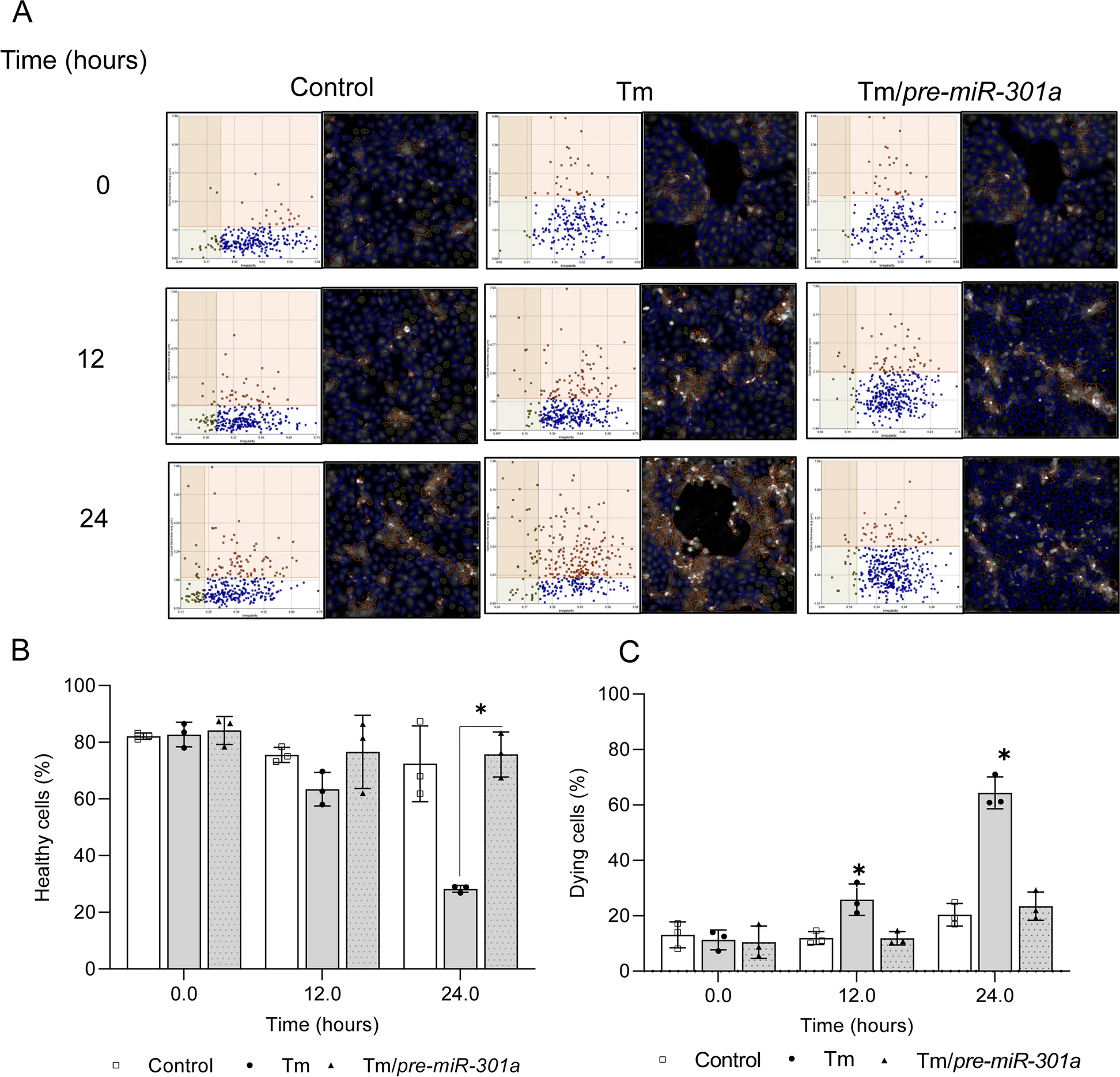Customer Publication

IRE1-mediated degradation of pre-miR-301a promotes apoptosis through upregulation of GADD45A
Journal: Cell Communication and Signaling (2023)
Institution: Department of Medical Laboratory Diagnostics – Fahrenheit Biobank BBMRI.pl, Medical University of Gdansk, Gdansk, Poland
Cell Lines: 16HBE14o (Human bronchial epithelial)
Summary: The article investigates the role of IRE1, a key sensor of the unfolded protein response (UPR), in regulating microRNA (miRNA) expression during endoplasmic reticulum (ER) stress. The authors use next generation sequencing (NGS) and nuclear-cytosolic fractionation to show that IRE1 degrades two specific pre-miRNAs, pre-miR-301a and pre-miR-106b, in the nucleus during ER stress. They also identify a novel target of miR-301a-3p, a pro-apoptotic UPR factor called GADD45A, and demonstrate that blocking miR-301a-3p binding to GADD45A mRNA increases GADD45A expression and promotes cell death. They conclude that IRE1 has a dual role in the UPR, as it can splice XBP1 mRNA for survival or degrade pre-miR-301a to induce apoptosis.The authors use HoloMonitor, a label-free and non-invasive live cell imaging technique, to measure the cell viability and morphology of human bronchial epithelial cells under different conditions of ER stress and miRNA modulation. They show that HoloMonitor can detect changes in cell number, area, volume, and optical thickness in response to ER stress and miRNA manipulation. They also use HoloMonitor to monitor the dynamics of cell death over time and to quantify the percentage of apoptotic cells.